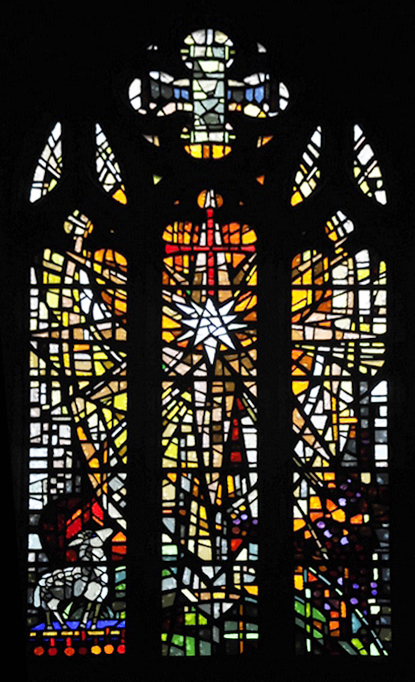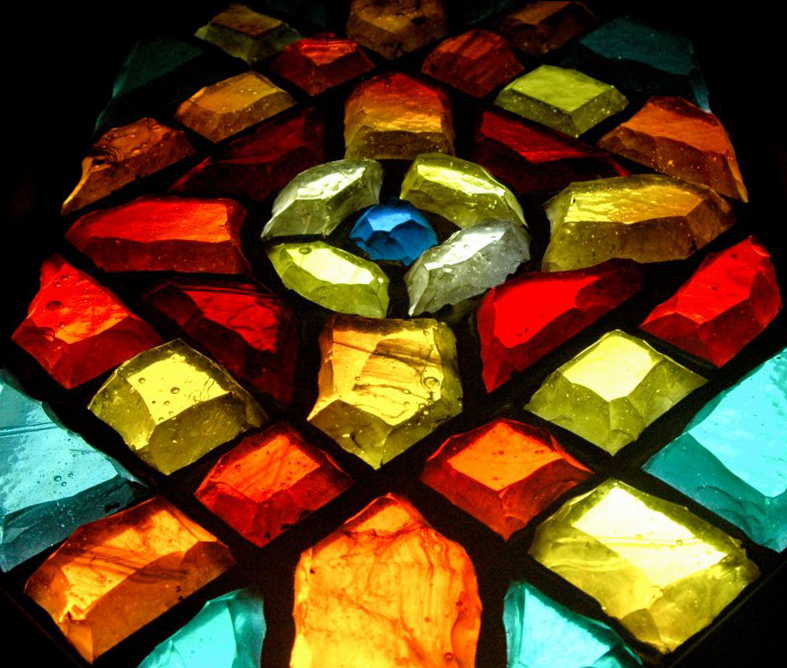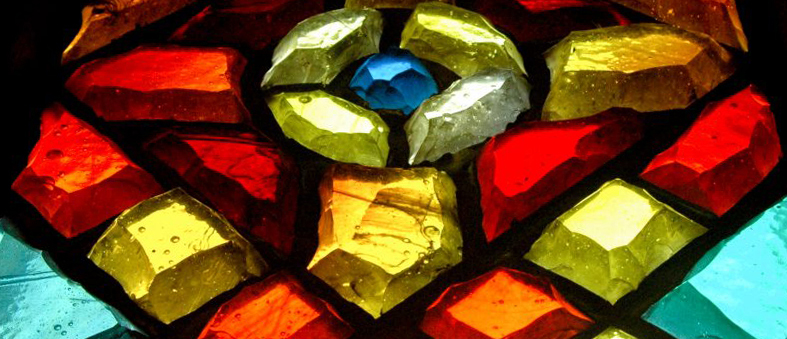
OSCAR, the “Online Sustainable Conservation Assistance Resource”, is an initiative of the Association for Preservation Technology (APT) and its Technical Committee on Sustainable Preservation. OSCAR provides you with guidelines to assist in the process of designing sustainable improvements that are most appropriate to existing (and perhaps historically significant) buildings. MTBA has sponsored OSCAR initiatives and MTBA Intern Architect & Heritage Specialist Carly Farmer is an OSCAR Co-Chair.
OSCAR will be hosting a Content Development Forum on the preservation of Dalle de Verre windows. Please join the discussion, and extend the invitation to others!
When:
Thursday, March 12, 2020
7:00 – 9:00 PM (ET)
Where:
Conference call
(internet and phone required)
RSVP to the OSCAR team
OSCAR is an initiative of the Association for Preservation Technology International (APT) and its Technical Committee on Sustainable Preservation. The APT is a multi-disciplinary, membership organization dedicated to promoting the best technology for protecting historic structures and their settings. Membership in APT provides exceptional opportunities for networking and the exchange of ideas.
APT’s mission is to advance appropriate traditional and new technologies to care for, protect, and promote the longevity of the built environment and to cultivate the exchange of knowledge throughout the international community.
Visit:

Dalle de Verre Technique
The technique was developed by Jean Gaudin in Paris in the 1930s. The technique achieved prominence in the stained glass literature of the 1950s and 1960s.
One inch thick slabs of glass measuring 8 by 12 inches and called Dalles are broken with a carbide hammer or sawn with a water cooled diamond blade saw into shapes for designs. The edges of the glass are chipped, or faceted, so that light will be refracted through the facets. The edges of the resulting pieces may be chipped or faceted to increase the refraction and reflection effects.
After completing the cutting, the pieces of the glass design are placed in a mold. Special epoxy formulated for the technique is poured in to the gaps between the glass. When the epoxy hardens and cures, the finished piece can be hung by hooks embedded in the epoxy or framed in to a wall opening.
Since the glass used in this technique is much thicker than standard glass (usually 1/8” ), the resulting colors are much richer and deeper by comparison. Dalle-de-verre glass is preferably displayed in strong and direct sunlight which allows the facets in the glass to sparkle.

Early dalle de verre consisted of glass slabs set in a reinforced-concrete matrix. The popularity of dalle de verre during this period was partially due to the ability to produce large installations of translucent glass in less time than traditional stained glass. The aesthetics of the materials and resultant designs, which used readily available concrete, were also suited to the aesthetics of Modernism.
As part of a lead up to MTBA’s 2-part dual event, “REVISITING MODERN: Canadian Modern Architecture and its Stewardship”, in association with partners Urban Forum and Carleton University NSERC Create Heritage Engineering, on March 31 and April 01, 2020, MTBA will be posting a series of blog entries that highlight Canadian Modern Heritage, and showcase the firm’s ongoing stewardship at the forefront of Modern Heritage Rehabilitation.
Sources:
http://osvaldsstainedglass.com/portfolio/dalle-de-verre-technique/
http://vitraildutemple.free.fr/realisations/dalle.html
https://www.apti.org/assets/docs/45.4%20Sample%20Article_Buchner.pdf

